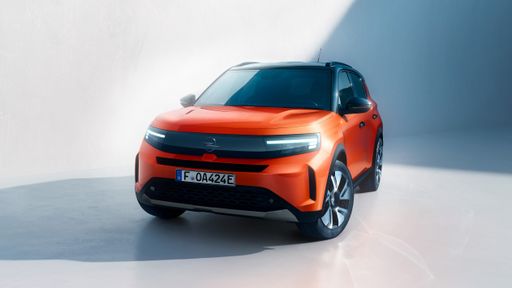City Cat Meets Country Muscle
The contrast between the Ford Puma and the Opel Frontera is almost cinematic: one plays the nimble urban athlete, the other the more purposeful, burly utility player. The Puma sashays through tight streets and parking garages with a light-footed attitude, while the Frontera projects an assured, take-it-anywhere demeanour that suits weekend adventures. Neither is ambiguous about its intentions—buying either asks you to pick a lifestyle rather than just a car. If you crave city charisma or rugged pragmatism, each makes that choice very easy to live with.







